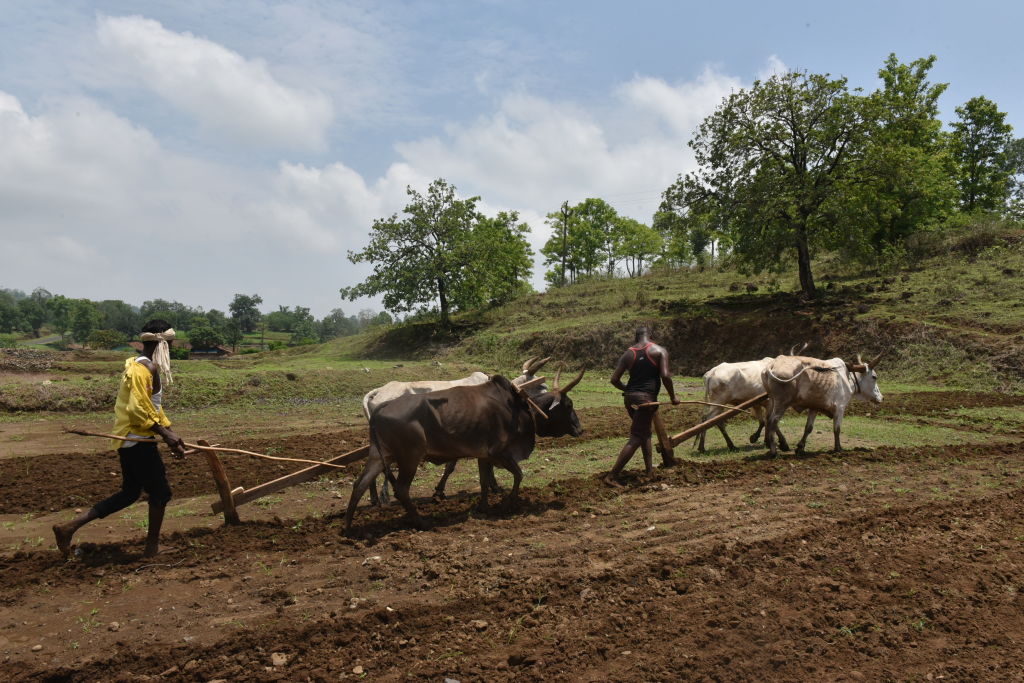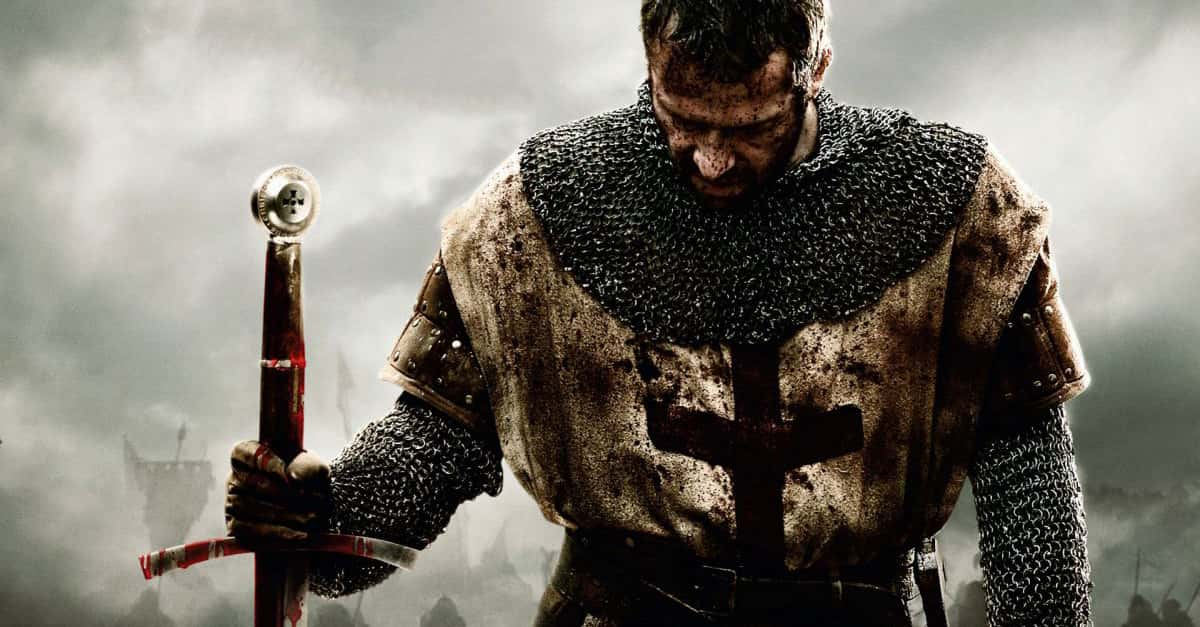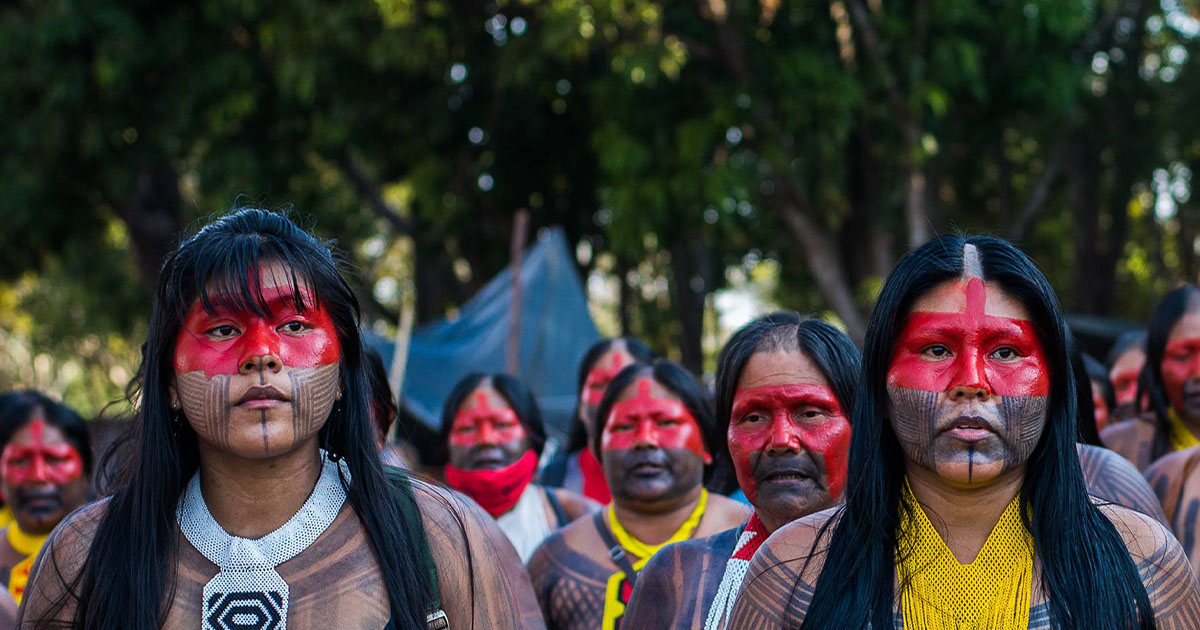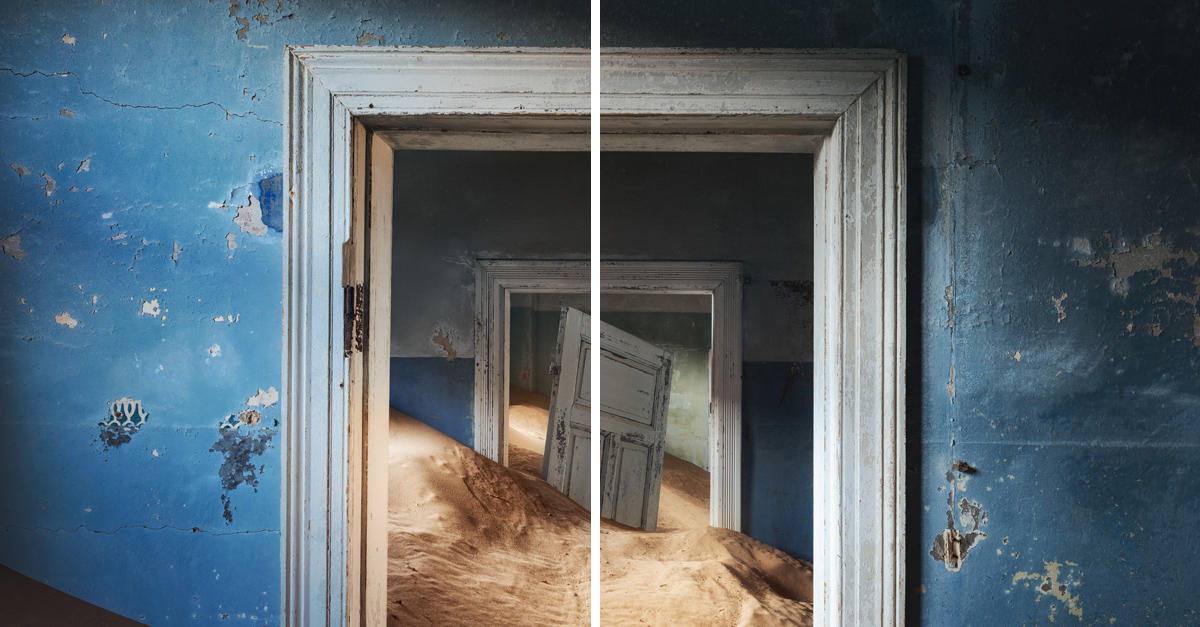Meet An Indigenous Tribe Of Central India
The Baiga people are a forest-dwelling Indigenous community primarily residing in Madhya Pradesh, India. Smaller populations also live in Chhattisgarh, Uttar Pradesh, Jharkhand, and West Bengal. Their deep connection to the forest and traditional way of life have shaped their identity for centuries—and have helped them persevere through the adversities thrust upon them by the outside world.
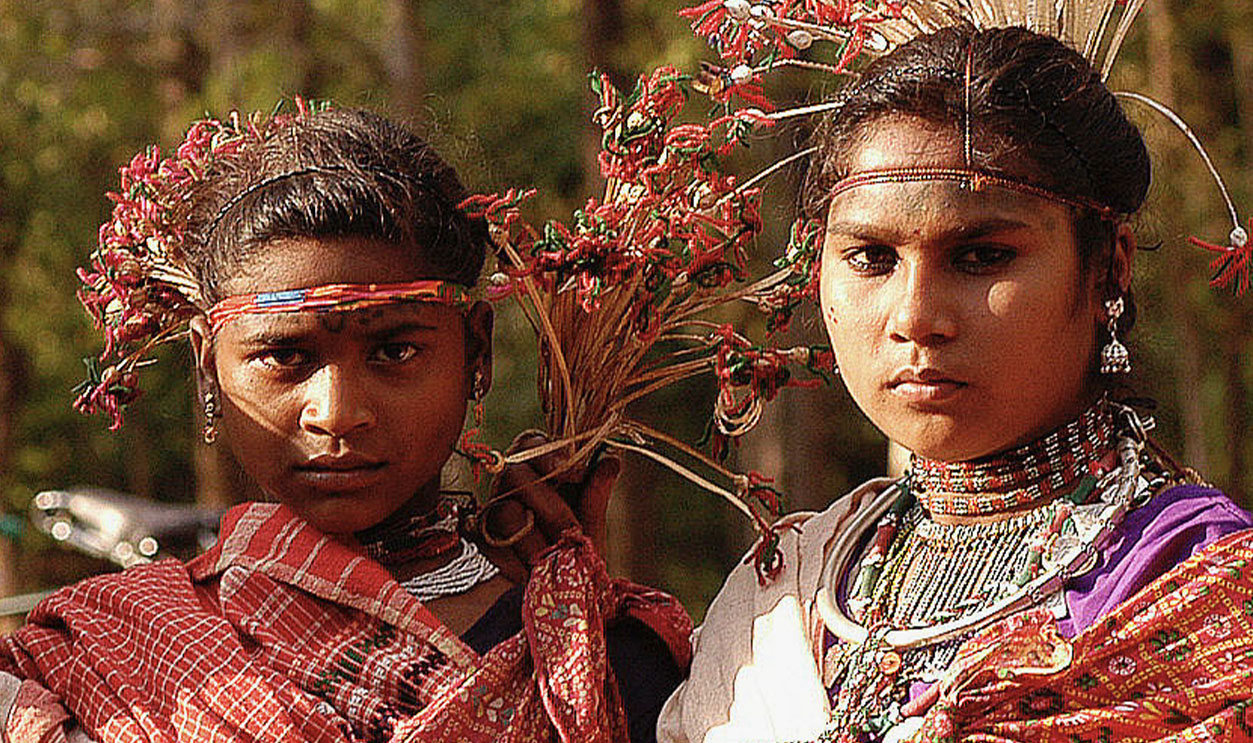
Meaning Behind The Name
The word “Baiga” translates to “sorcerer-medicine man,” reflecting their long history of practicing traditional healing. Many Baiga are revered as spiritual leaders and herbalists, using healing forest plants for medicinal purposes.
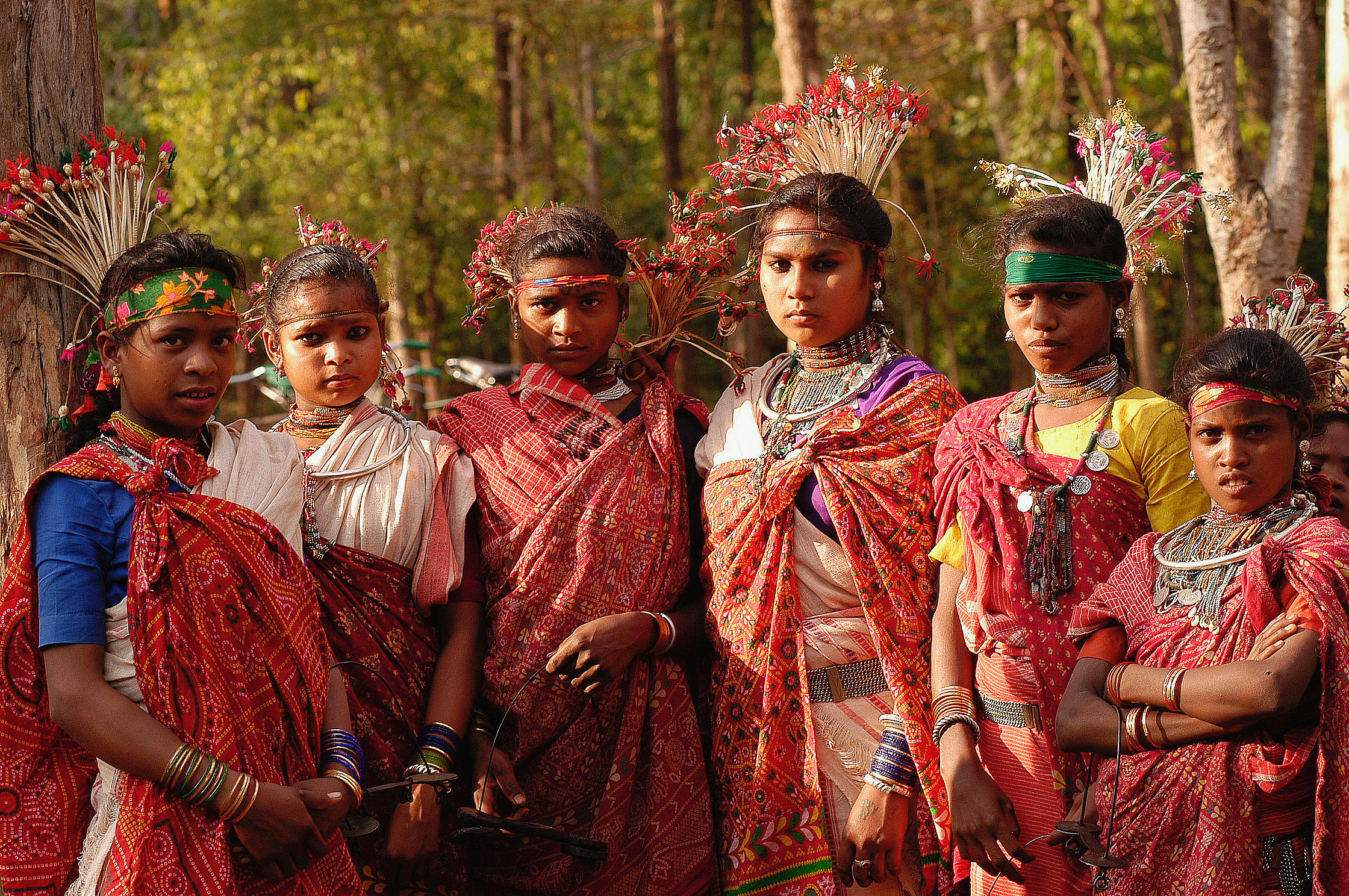 Simon Williams / Ekta Parishad, CC BY-SA 3.0, Wikimedia Commons
Simon Williams / Ekta Parishad, CC BY-SA 3.0, Wikimedia Commons
The Baiga As The Original Inhabitants
Local myths regard the Baiga as the original inhabitants of the Earth, directly created from the land. Their ancestral bond with the strong environment influences their customs, farming techniques, and spiritual practices.
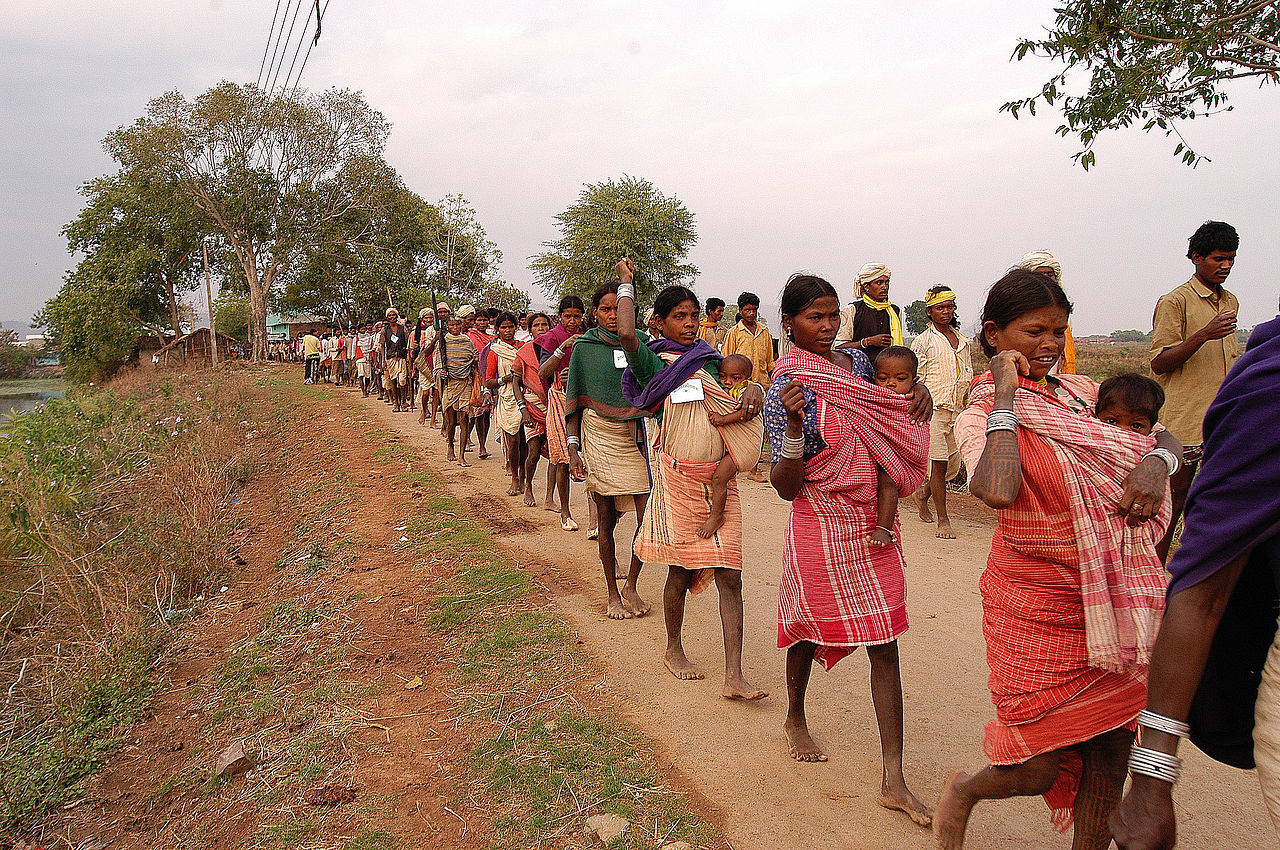 Simon Williams / Ekta Parishad, CC BY-SA 3.0, Wikimedia Commons
Simon Williams / Ekta Parishad, CC BY-SA 3.0, Wikimedia Commons
Geographic Distribution
The largest Baiga populations are found in the Mandla and Balaghat districts of Madhya Pradesh, where they live in densely forested regions. Other significant populations exist in Chhattisgarh (89,744), Uttar Pradesh (47,393), and West Bengal (13,423).
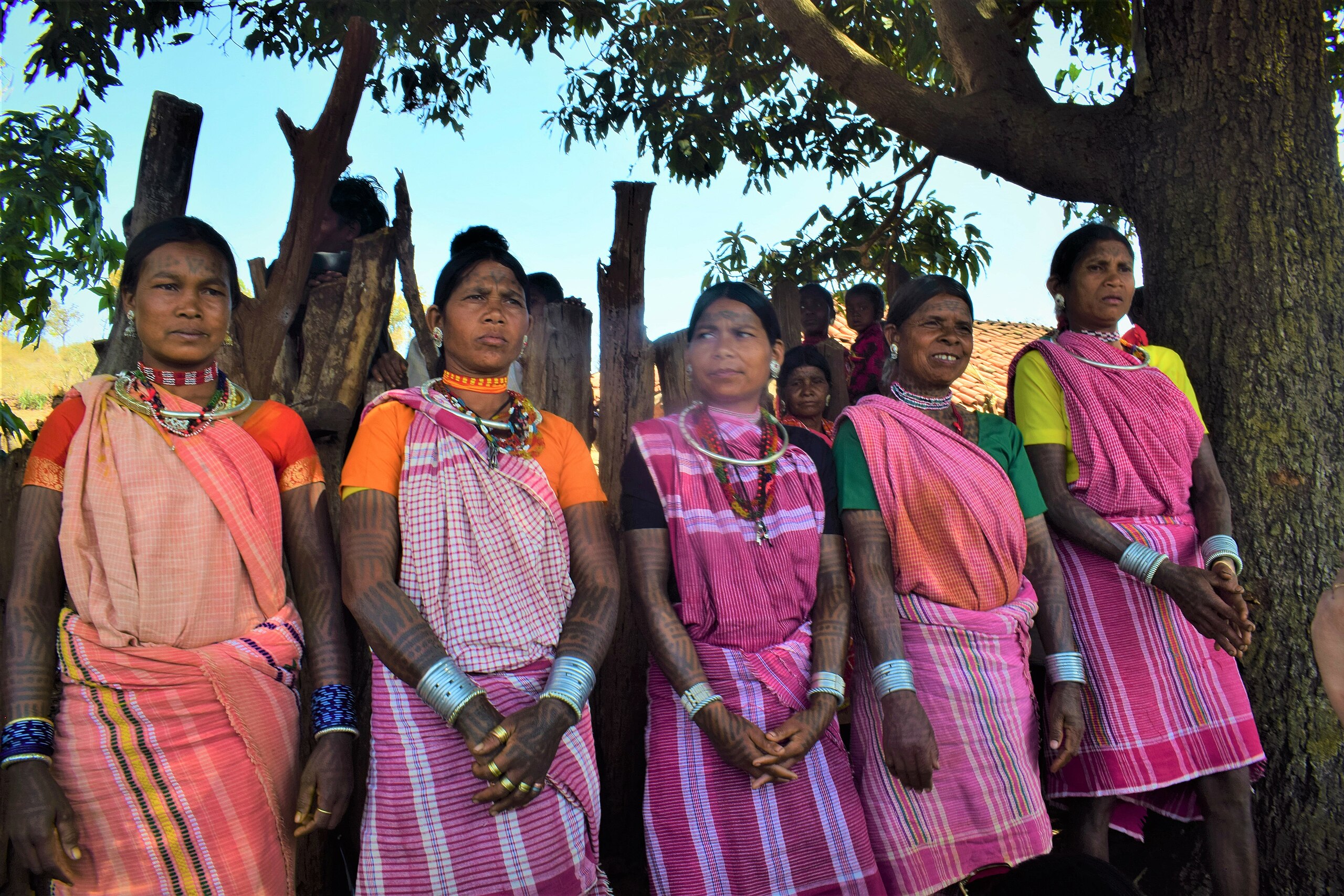 Sandy & Vyjay, CC BY-SA 4.0, Wikimedia Commons
Sandy & Vyjay, CC BY-SA 4.0, Wikimedia Commons
Sub-Castes And Social Structure
The Baiga are divided into several sub-castes, including Bijhwar, Narotia, Bharotiya, Nahar, Rai Maina, and Kath Maina. These groups influence marriage customs, spiritual roles, and social hierarchy within Baiga communities.
 Simon Williams / Ekta Parishad, CC BY-SA 3.0, Wikimedia Commons
Simon Williams / Ekta Parishad, CC BY-SA 3.0, Wikimedia Commons
Traditional Livelihood And Shifting Cultivation
The Baiga practice “bewar” or “dahiya” shifting cultivation, refusing to plow the land. They believe that scratching Mother Earth’s surface weakens her, so they allow land to regenerate naturally before moving to new plots.
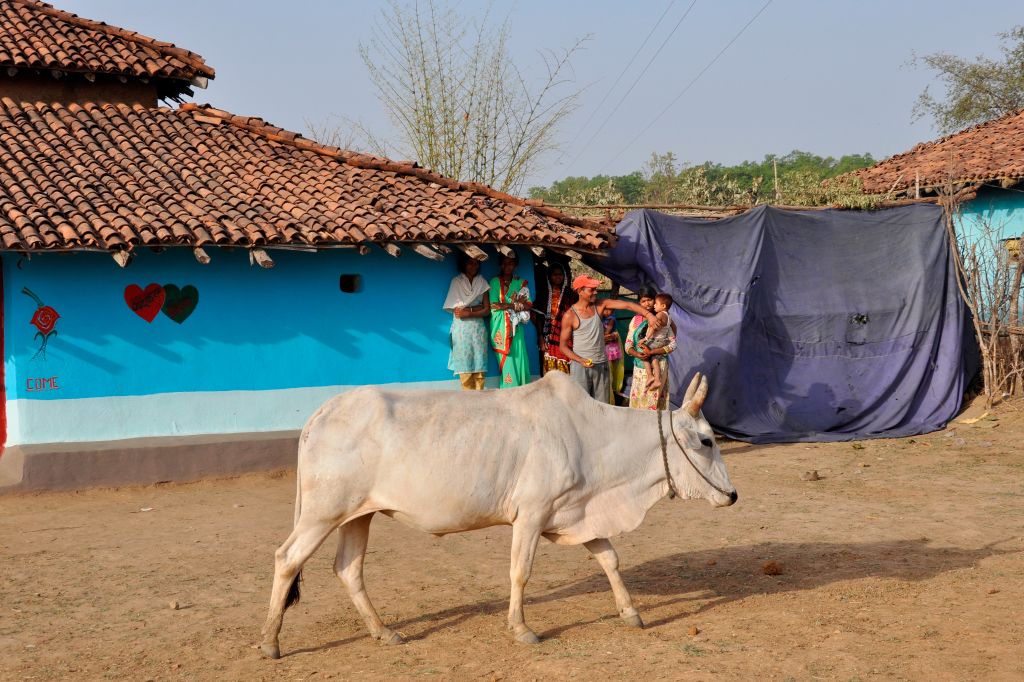 Education Images, Getty Images
Education Images, Getty Images
The Baiga’s Relationship With Nature
The Baiga worship nature, considering the forest their home and protector. They use its resources responsibly, ensuring they never exploit the land beyond what is necessary for survival.
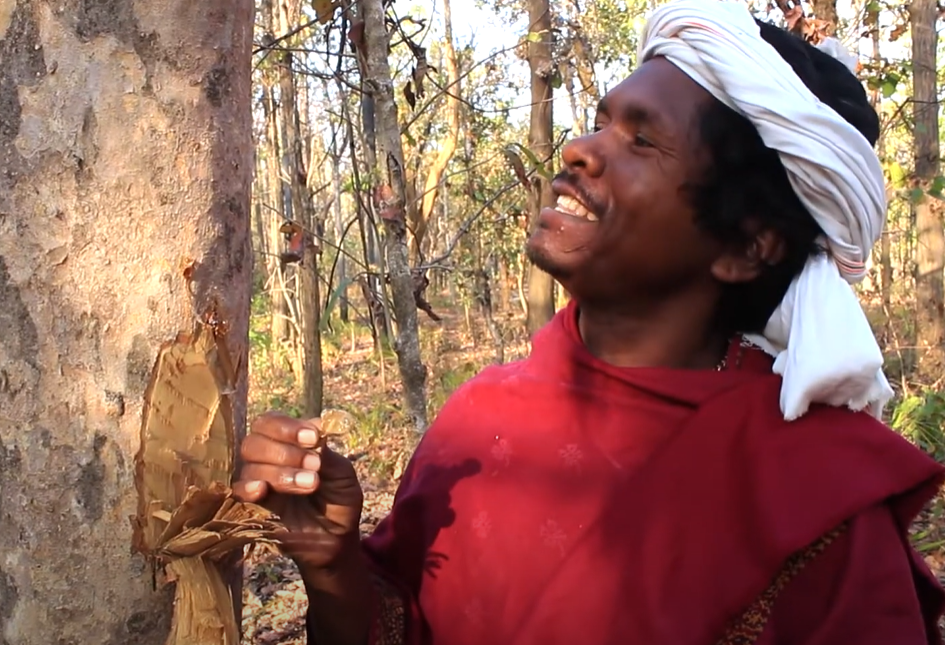 The Baiga Trails, Madhya Pradesh Tiger Foundation Society
The Baiga Trails, Madhya Pradesh Tiger Foundation Society
Hunting And Gathering Practices
The Baiga rely on hunting and gathering, consuming forest produce such as honey, fruits, roots, and medicinal herbs. They hunt small animals and fish to supplement their diet but avoid overhunting.
 The Baiga Trails, Madhya Pradesh Tiger Foundation Society
The Baiga Trails, Madhya Pradesh Tiger Foundation Society
The Role Of Fire In Baiga Rituals
Fire holds symbolic importance in Baiga culture, representing purity, protection, and unity. Every evening, a communal fire is lit in the village center for storytelling and bonding.
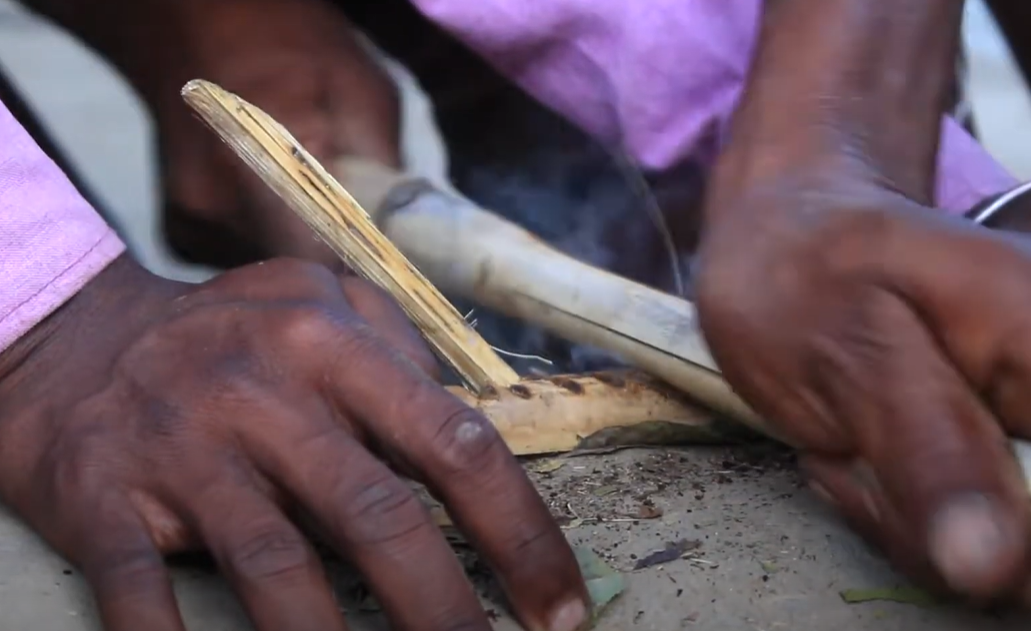 The Baiga Trails, Madhya Pradesh Tiger Foundation Society
The Baiga Trails, Madhya Pradesh Tiger Foundation Society
Community Architecture
Baiga villages traditionally feature homes built around a central courtyard called “kharna”. A shared evening fire strengthens the village’s social and spiritual connections.
 The Baiga Trails, Madhya Pradesh Tiger Foundation Society
The Baiga Trails, Madhya Pradesh Tiger Foundation Society
A Life Of Freedom And Independence
The Baiga believe working as laborers is beneath their dignity. They prefer self-sufficiency, relying on farming, hunting, and foraging rather than engaging in wage labor.
Marriage And Family Traditions
Live-in relationships are common among the Baiga, and marriage requires the groom to compensate the bride’s family. This may involve paying for the wedding feast or offering mahua liquor.
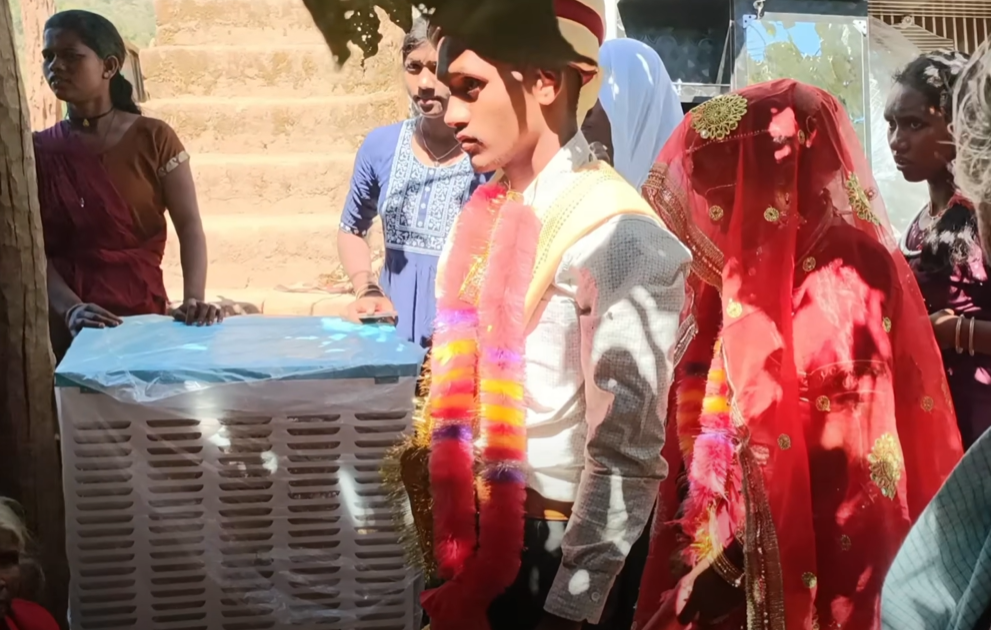 The Baiga Tribe Unbelievable Traditional Wedding in Chhattisgarh., HK World
The Baiga Tribe Unbelievable Traditional Wedding in Chhattisgarh., HK World
Divorce And Custody Practices
If a Baiga woman remarries, her new husband must compensate the previous husband for the dowry. Children stay with the mother unless neither parent wants custody, in which case the village selects a guardian.
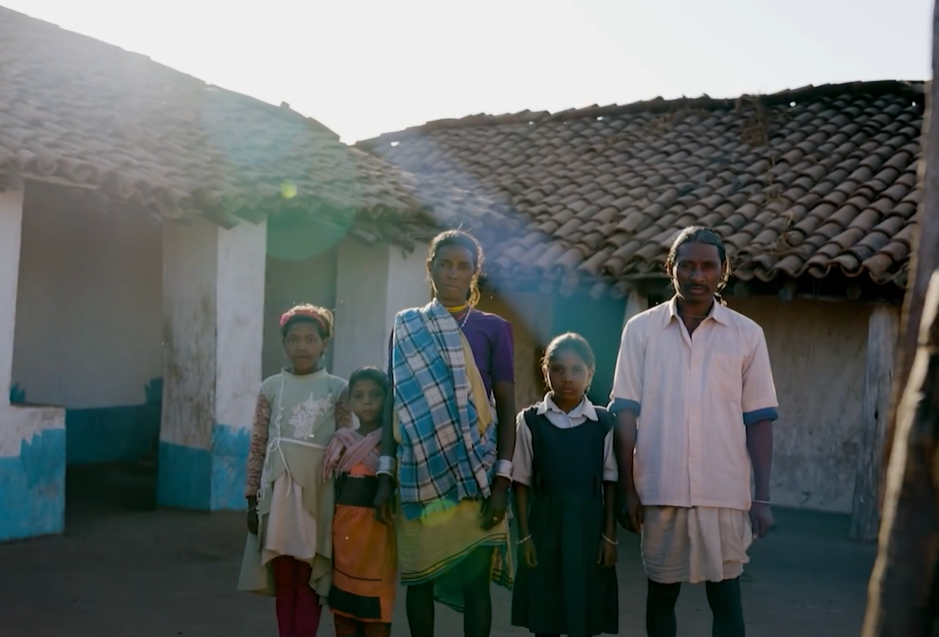 Baiga Tribal Tattoos | It Happens Only in India, National Geographic India
Baiga Tribal Tattoos | It Happens Only in India, National Geographic India
The Role Of Women In Baiga Society
Women play essential roles in farming, foraging, and family care. They are also the primary tattoo artists and custodians of oral traditions.
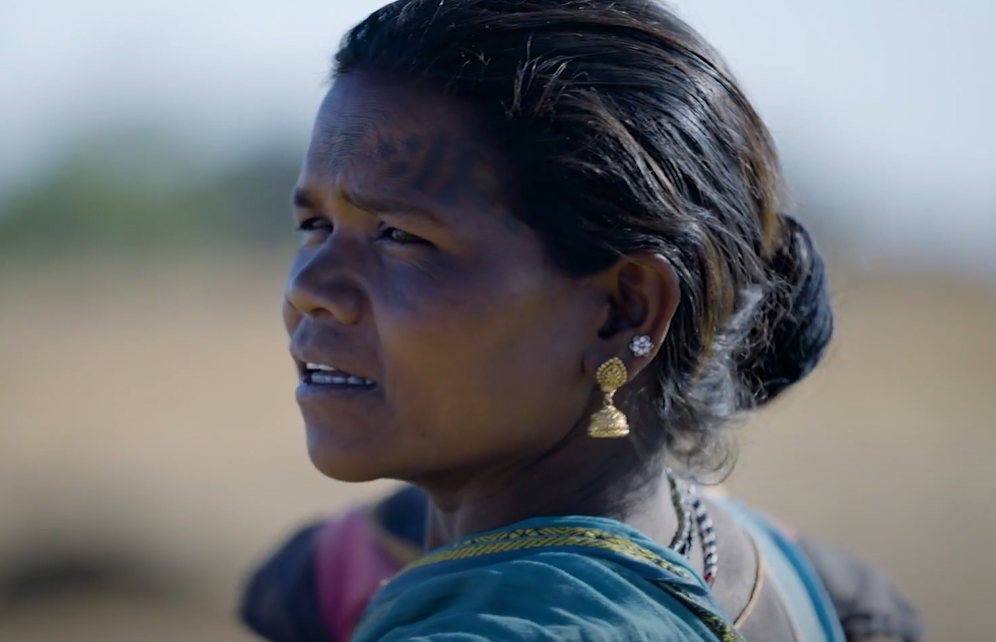 Baiga Tribal Tattoos | It Happens Only in India, National Geographic India
Baiga Tribal Tattoos | It Happens Only in India, National Geographic India
The Sacred Tradition Of Tattooing
Baiga women undergo ritual tattooing (Godna), which marks different life stages. Tattoos enhance their beauty, spirituality, and social status.
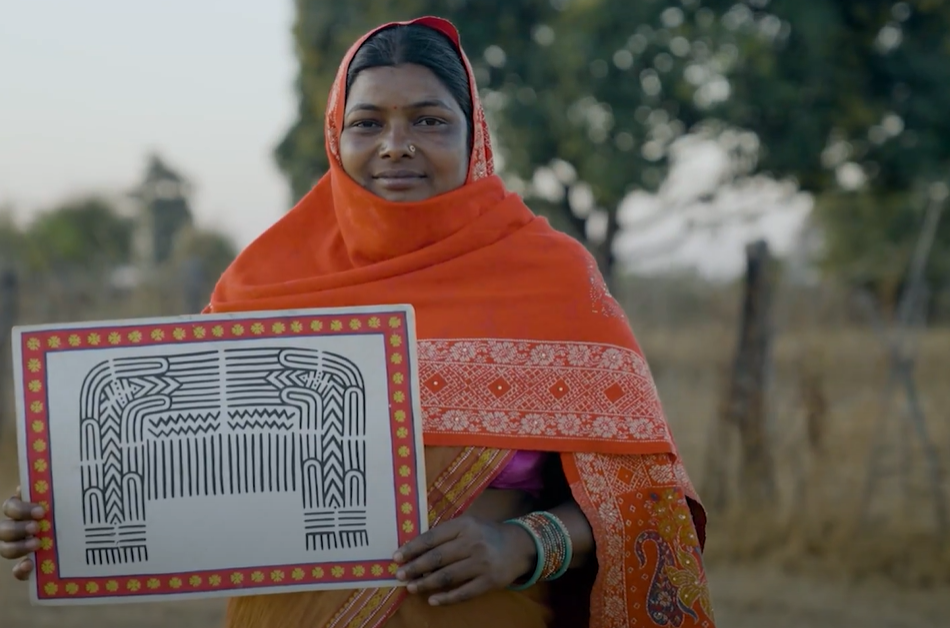 Baiga Tribal Tattoos | It Happens Only in India, National Geographic India
Baiga Tribal Tattoos | It Happens Only in India, National Geographic India
The Process Of Tattooing
The first tattoo is placed on a girl’s forehead at age five. As she matures, more tattoos are added, especially before marriage. The ink is made from natural ingredients, and men are forbidden from witnessing the process.
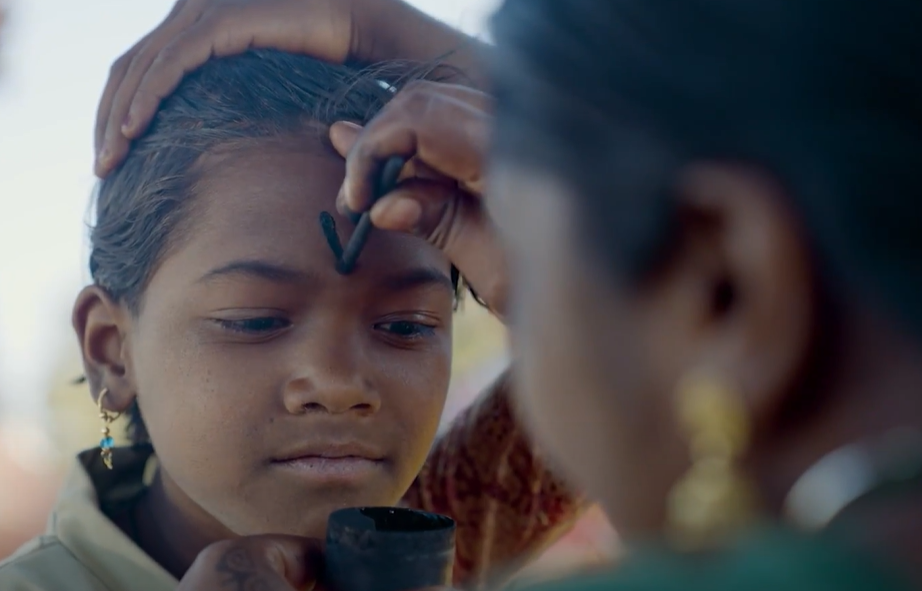 Baiga Tribal Tattoos | It Happens Only in India, National Geographic India
Baiga Tribal Tattoos | It Happens Only in India, National Geographic India
Clothing And Jewelry
Baiga men traditionally wear short dhotis and sleeveless waistcoats, while women wear saris with beaded necklaces, silver bangles, and coin ornaments. Some Baiga men keep their hair long and tied in knots.
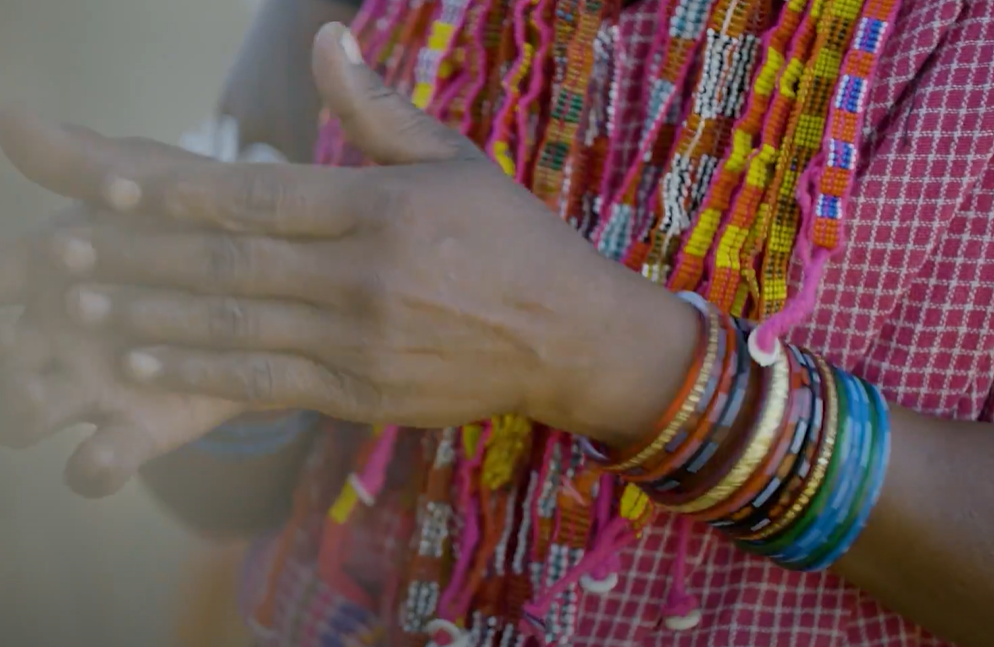 Baiga Tribal Tattoos | It Happens Only in India, National Geographic India
Baiga Tribal Tattoos | It Happens Only in India, National Geographic India
Language And Communication
The Baiga once spoke an Austroasiatic language, but it has disappeared. Today, they primarily speak Baigani (a mix of Chhattisgarhi and Gondi), with many also knowing Hindi.
 The Baiga Trails, Madhya Pradesh Tiger Foundation Society
The Baiga Trails, Madhya Pradesh Tiger Foundation Society
Culinary Traditions
The Baiga diet consists mainly of coarse grains like kodo millet and kutki. They also drink pej, a nutrient-rich liquid made from boiled rice water or ground maize.
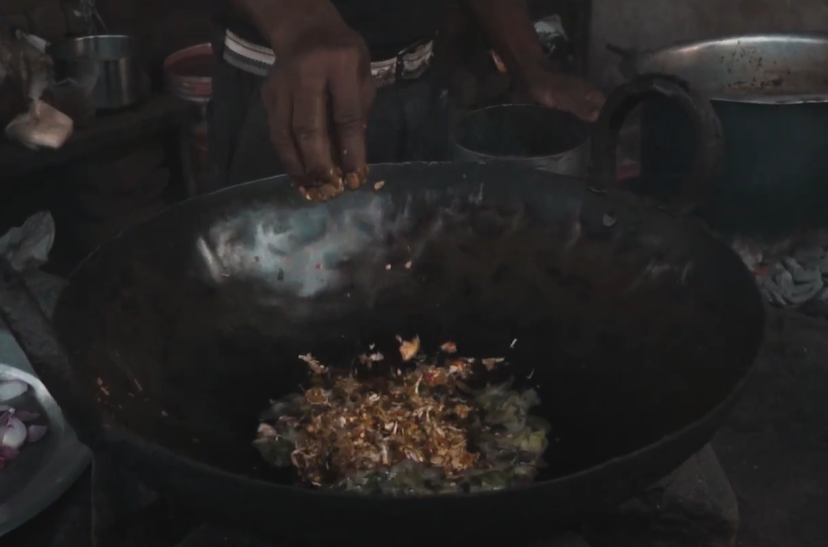 Baiga Tribal Tattoos | It Happens Only in India, National Geographic India
Baiga Tribal Tattoos | It Happens Only in India, National Geographic India
Traditional Medicine And Healing Practices
Baiga healers rely on forest herbs, roots, and spiritual rituals to treat illnesses. Remedies include turmeric for wounds, neem leaves for infections, and mahua bark for digestive issues.
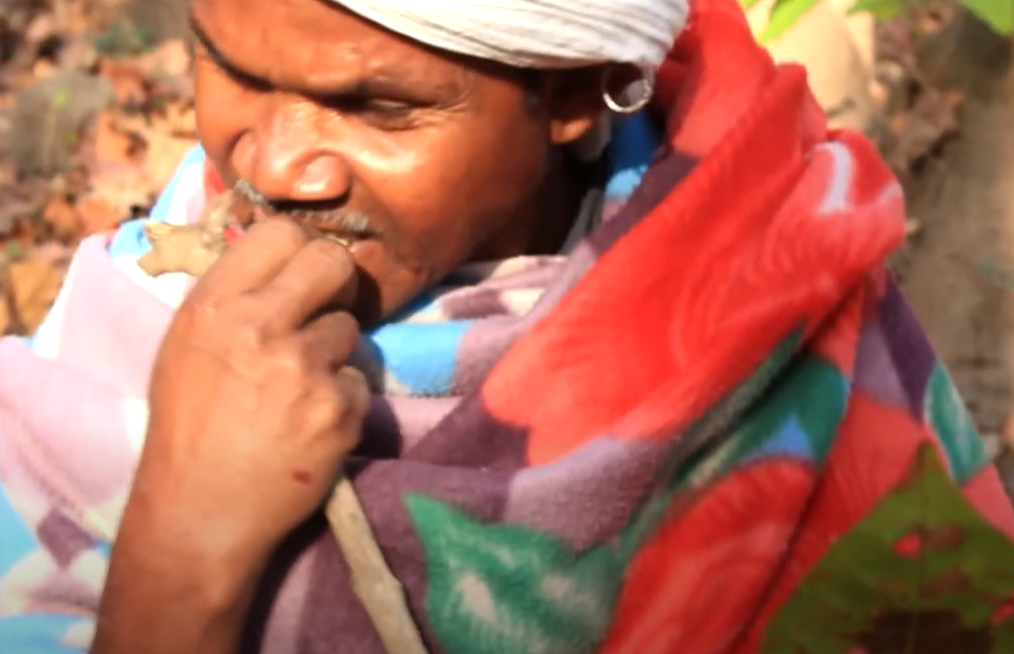 The Baiga Trails, Madhya Pradesh Tiger Foundation Society
The Baiga Trails, Madhya Pradesh Tiger Foundation Society
Religious Beliefs And Mythology
The Baiga worship Dharti Mata (Earth Goddess) and believe their ancestors, Nanga Baiga and Nanga Baigin, helped create the world. Their spirituality revolves around nature and ancestral spirits.
 INDRANIL MUKHERJEE, Getty Images
INDRANIL MUKHERJEE, Getty Images
The Role Of Baiga Priests
Baiga priests, called “dewar,” perform religious rituals and serve as diviners, healers, and spirit communicators. They play a central role in weddings, harvest festivals, and funerary rites.
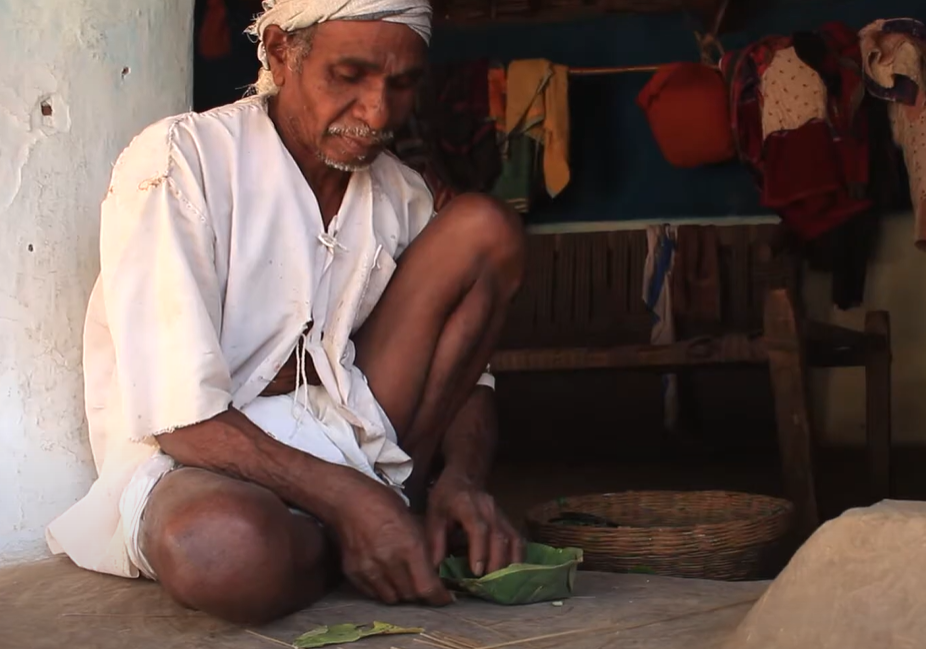 The Baiga Trails, Madhya Pradesh Tiger Foundation Society
The Baiga Trails, Madhya Pradesh Tiger Foundation Society
The Impact Of Deforestation On Baiga Communities
Many Baiga have been forced to migrate due to deforestation and government policies. Losing their land has disrupted their traditional way of life and self-sufficiency.
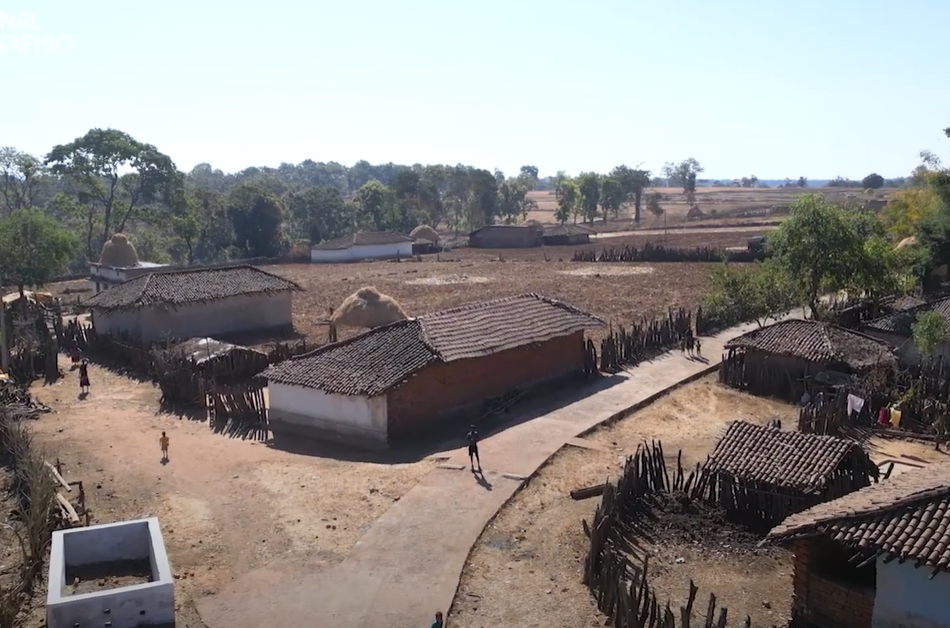 Baiga Tribal Tattoos | It Happens Only in India, National Geographic India
Baiga Tribal Tattoos | It Happens Only in India, National Geographic India
The Baiga View On Ownership And Land
The Baiga people traditionally believe that land cannot be owned, as it belongs to nature. This perspective has put them at odds with modern land ownership laws, leading to displacement and disputes.
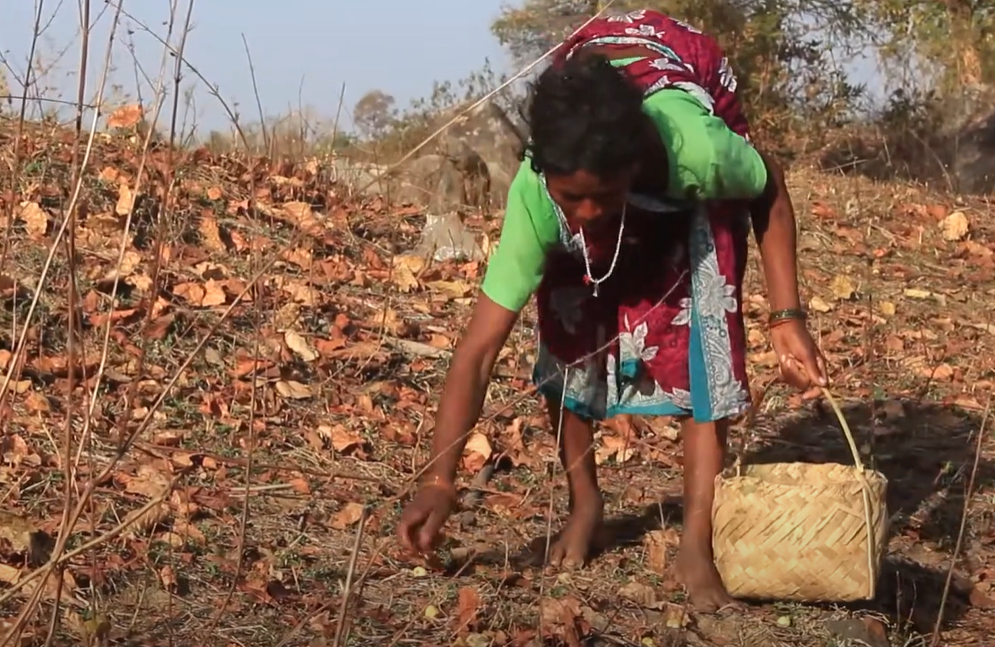 The Baiga Trails, Madhya Pradesh Tiger Foundation Society
The Baiga Trails, Madhya Pradesh Tiger Foundation Society
The Struggle Against Forced Evictions
Since the 1960s, Baiga families have been forcibly removed from forests in the name of wildlife conservation. Many were evicted from tiger reserves, leaving them landless and impoverished.
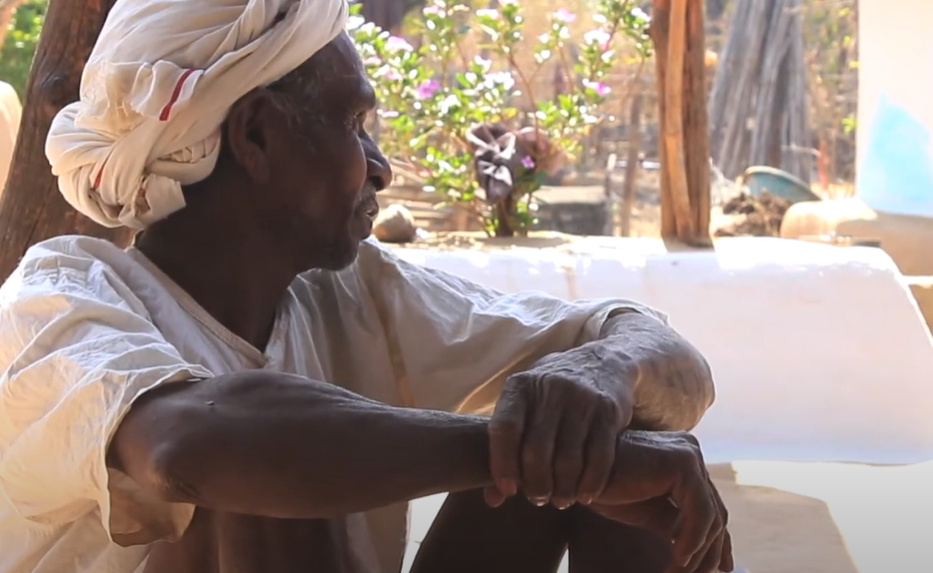 The Baiga Trails, Madhya Pradesh Tiger Foundation Society
The Baiga Trails, Madhya Pradesh Tiger Foundation Society
Government Recognition And Challenges
The Baiga are recognized as a Scheduled Tribe (ST) in multiple states, but land disputes continue to threaten their survival. Corrupt officials often illegally transfer tribal land ownership to outsiders.
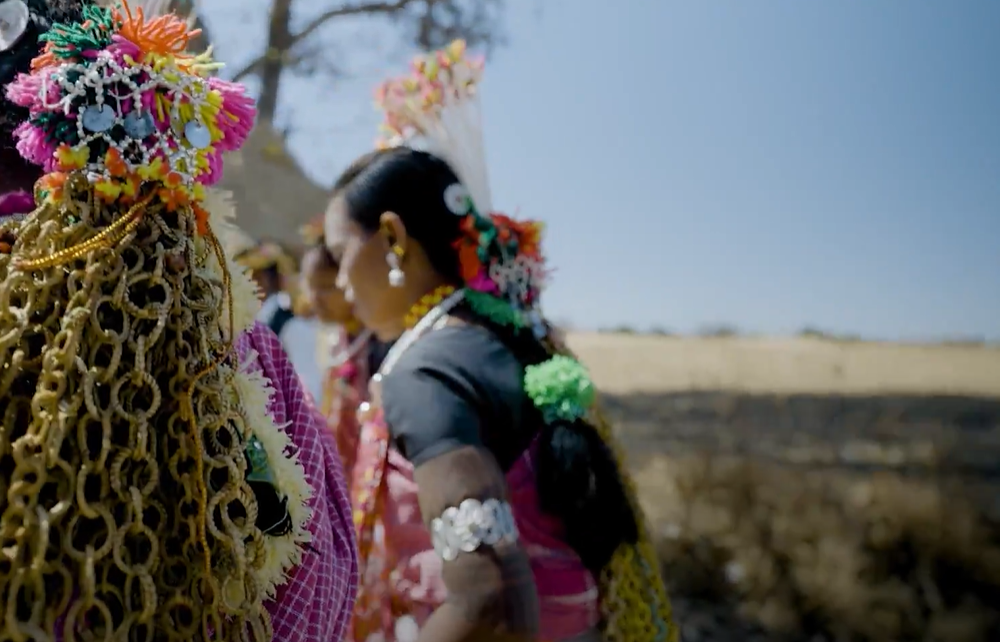 Baiga Tribal Tattoos | It Happens Only in India, National Geographic India
Baiga Tribal Tattoos | It Happens Only in India, National Geographic India
The Particularly Vulnerable Tribal Group (PVTG) Status
The Indian government classifies the Baiga as a PVTG (Particularly Vulnerable Tribal Group) due to low literacy rates and high poverty levels. Special protections exist but are often poorly implemented.
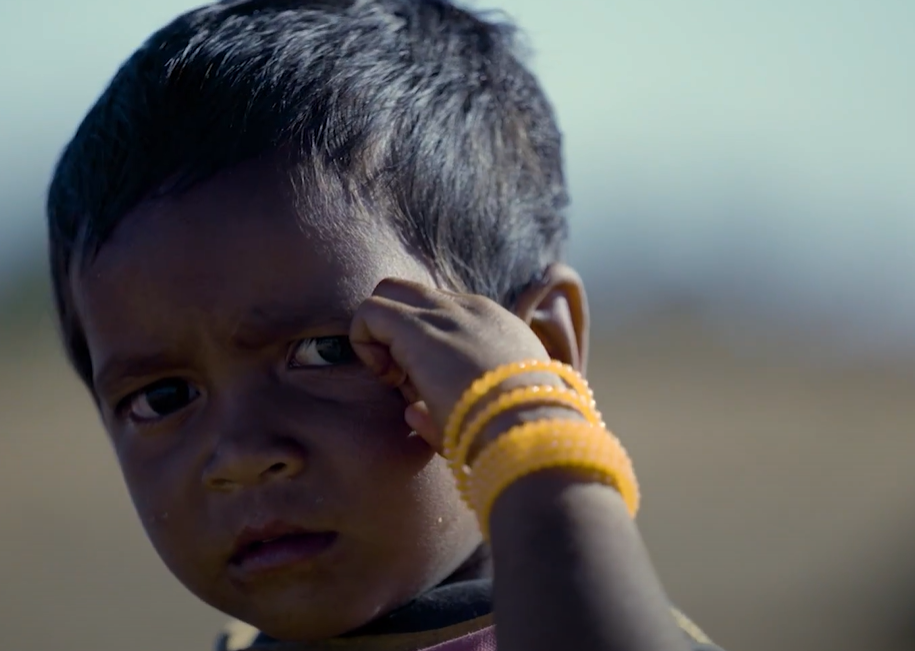 Baiga Tribal Tattoos | It Happens Only in India, National Geographic India
Baiga Tribal Tattoos | It Happens Only in India, National Geographic India
Access To Reproductive Rights
Until 2018, Baiga women were denied access to contraceptives. A Chhattisgarh High Court ruling granted them family planning rights, marking a major step toward gender equality.
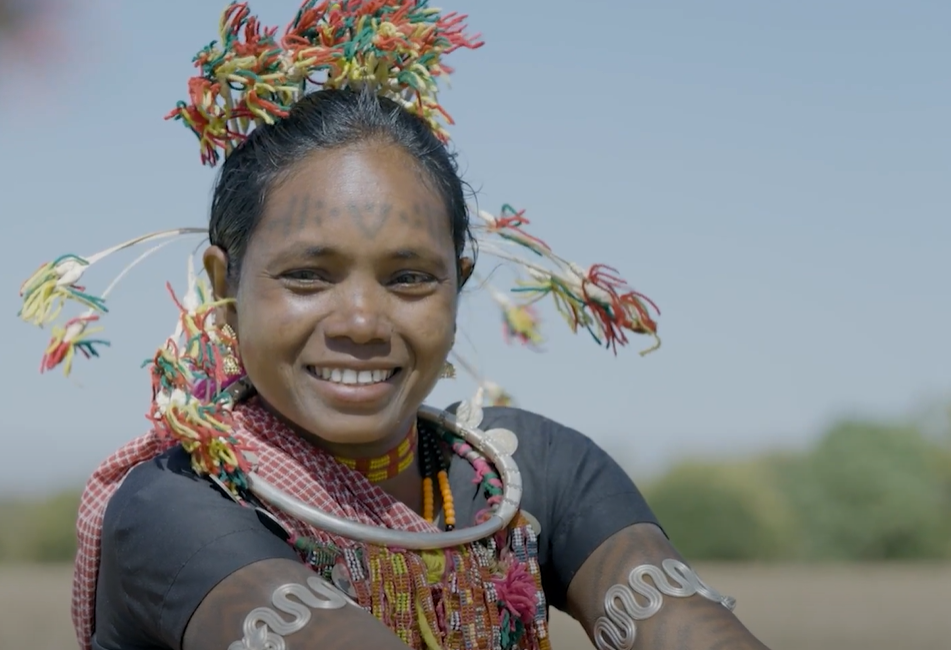 Baiga Tribal Tattoos | It Happens Only in India, National Geographic India
Baiga Tribal Tattoos | It Happens Only in India, National Geographic India
Music And Dance In Baiga Celebrations
The Baiga perform traditional dances like the Karam dance, accompanied by drums, flutes, and chanting. These dances celebrate harvests, marriages, and festivals.
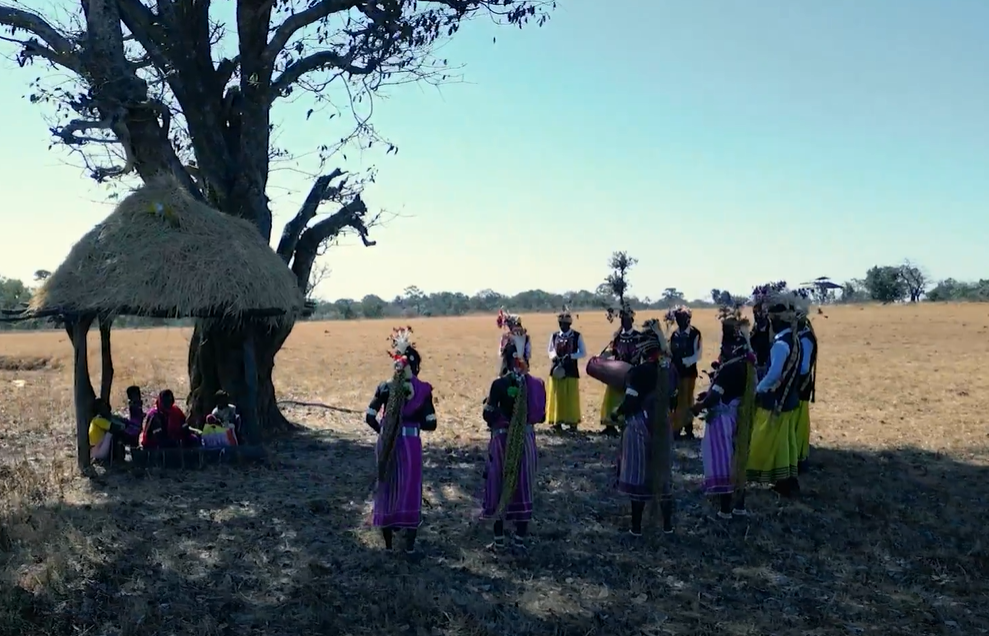 Baiga Tribal Tattoos | It Happens Only in India, National Geographic India
Baiga Tribal Tattoos | It Happens Only in India, National Geographic India
The Role Of Mahua Liquor in Rituals
Mahua liquor, made from fermented mahua flowers, is a key part of Baiga rituals. It is consumed during festivals, weddings, and ancestor worship ceremonies.
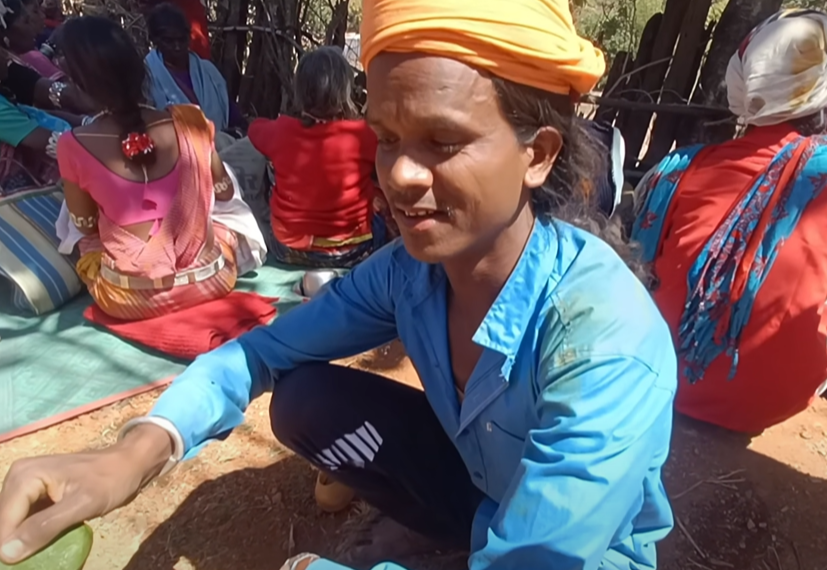 The Baiga Tribe Unbelievable Traditional Wedding in Chhattisgarh., HK World
The Baiga Tribe Unbelievable Traditional Wedding in Chhattisgarh., HK World
Notable Figures: Jodhaiya Bai Baiga
Jodhaiya Bai Baiga is a renowned Baiga artist, famous for her paintings depicting tribal traditions, mythology, and nature. Her work has gained national recognition.
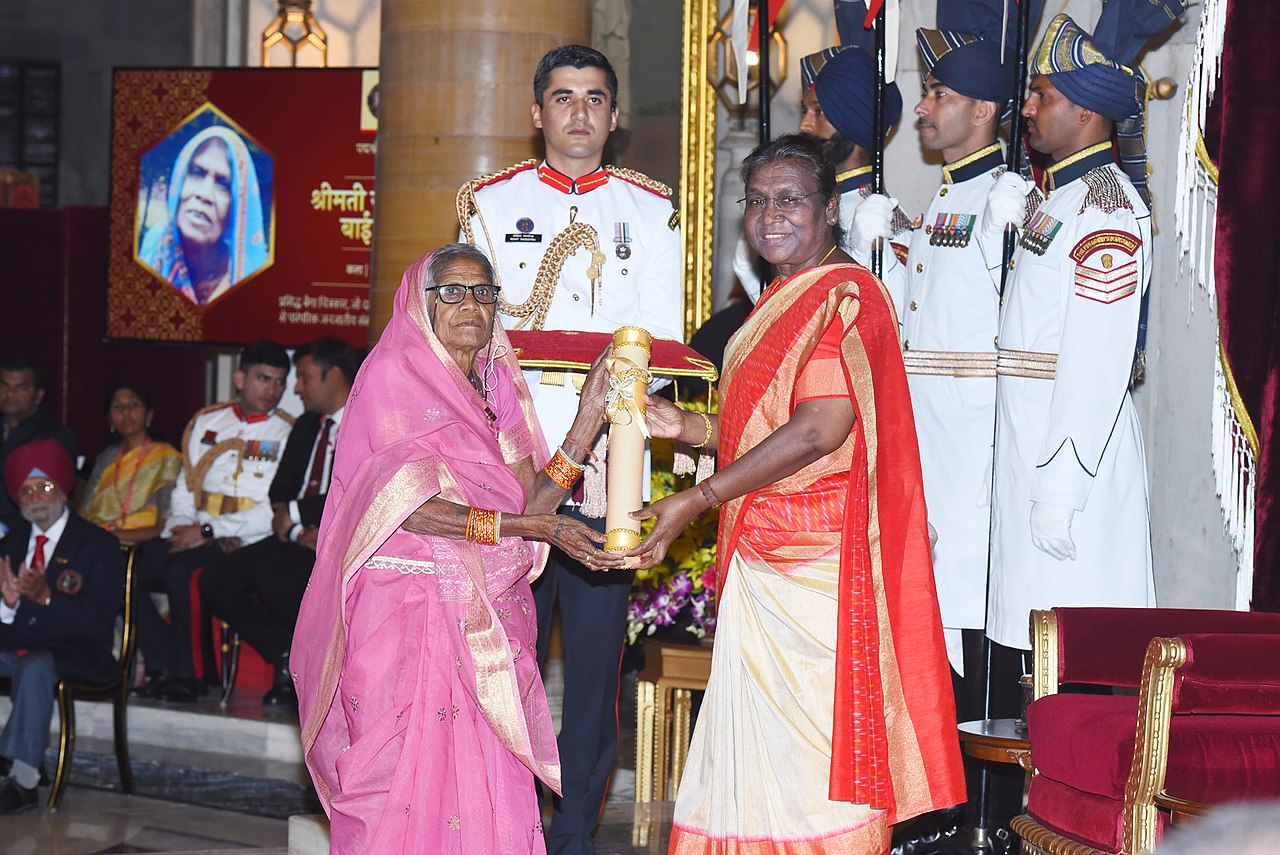 President's Secretariat, GODL-India, Wikimedia Commons
President's Secretariat, GODL-India, Wikimedia Commons
The Symbolism Of Animals In Baiga Culture
Certain animals hold spiritual significance in Baiga beliefs. For example, tigers are revered as protectors, while snakes are seen as messengers of the spirit world.
 The Baiga Trails, Madhya Pradesh Tiger Foundation Society
The Baiga Trails, Madhya Pradesh Tiger Foundation Society
Baiga Birth And Naming Ceremonies
When a Baiga child is born, a special naming ceremony is performed by elders and priests. Names are often chosen based on dreams, ancestral guidance, or natural elements.
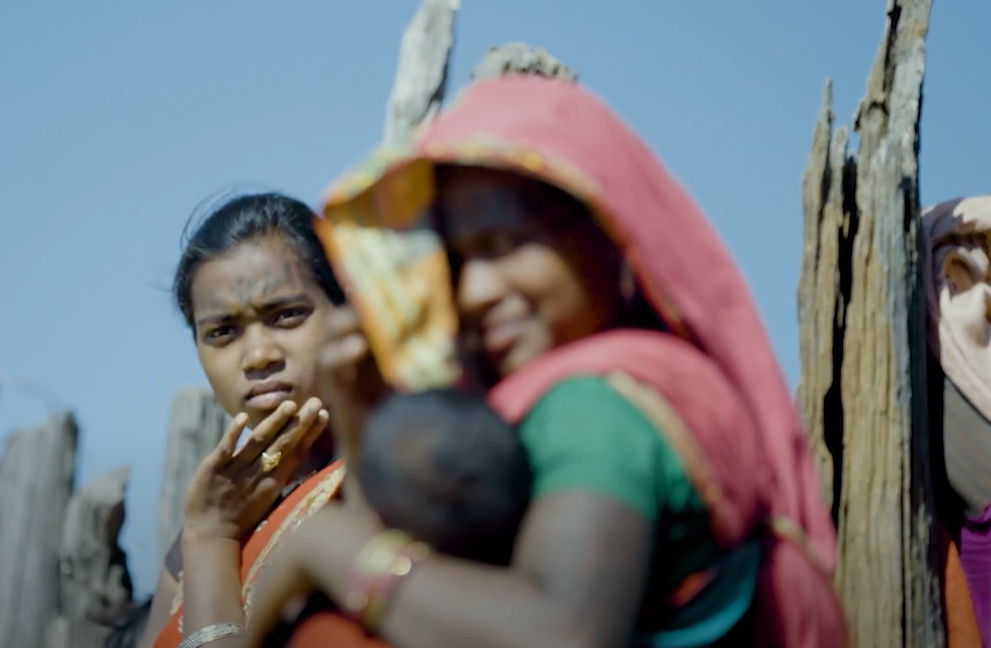 Baiga Tribal Tattoos | It Happens Only in India, National Geographic India
Baiga Tribal Tattoos | It Happens Only in India, National Geographic India
The Connection Between The Baiga And The Monsoon
The arrival of the monsoon season is crucial for Baiga agriculture and survival. Special rain-invoking rituals are performed to ensure a good harvest and abundant forest resources.
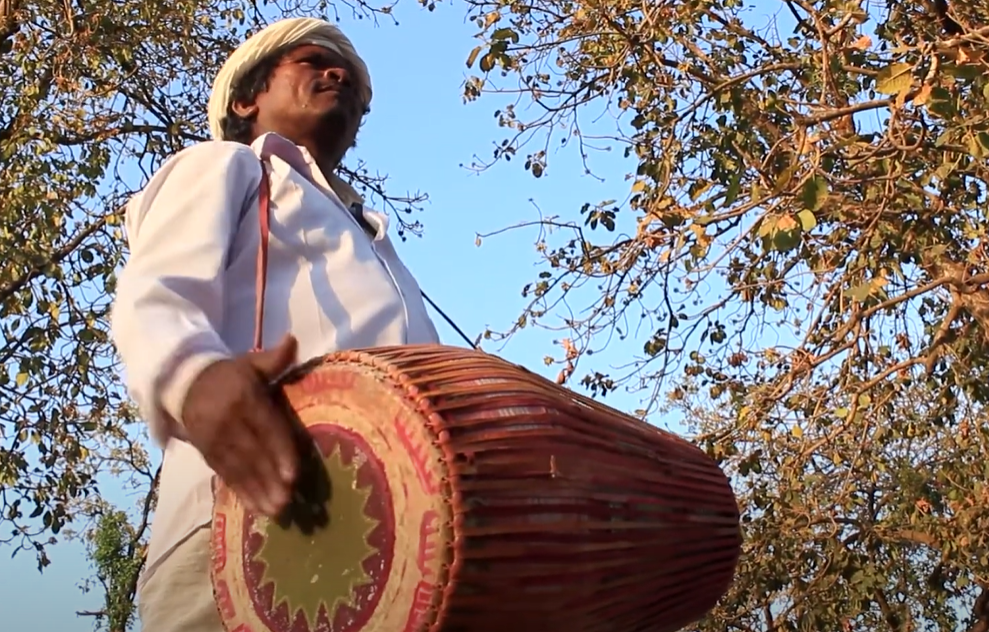 The Baiga Trails, Madhya Pradesh Tiger Foundation Society
The Baiga Trails, Madhya Pradesh Tiger Foundation Society
Rituals Of Protection And Spiritual Cleansing
Baiga shamans conduct spiritual cleansing ceremonies to protect individuals from evil spirits and misfortune. These rituals often involve herbs, fire, and sacred chants.
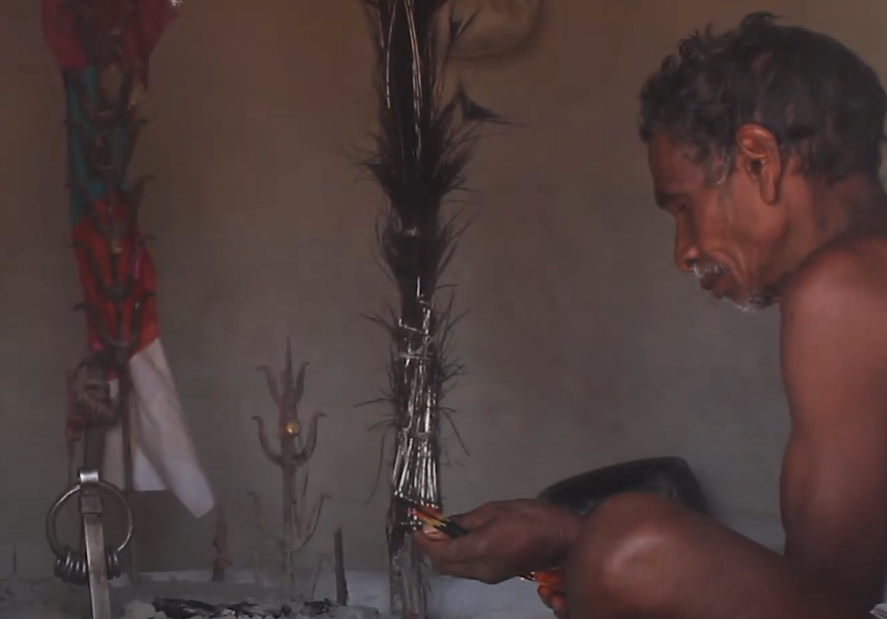 The Baiga Trails, Madhya Pradesh Tiger Foundation Society
The Baiga Trails, Madhya Pradesh Tiger Foundation Society
The Role Of Metalwork And Craftsmanship
Though primarily farmers and foragers, some Baiga are skilled in blacksmithing and tool-making. They create agricultural tools, weapons, and ceremonial ornaments using traditional techniques.
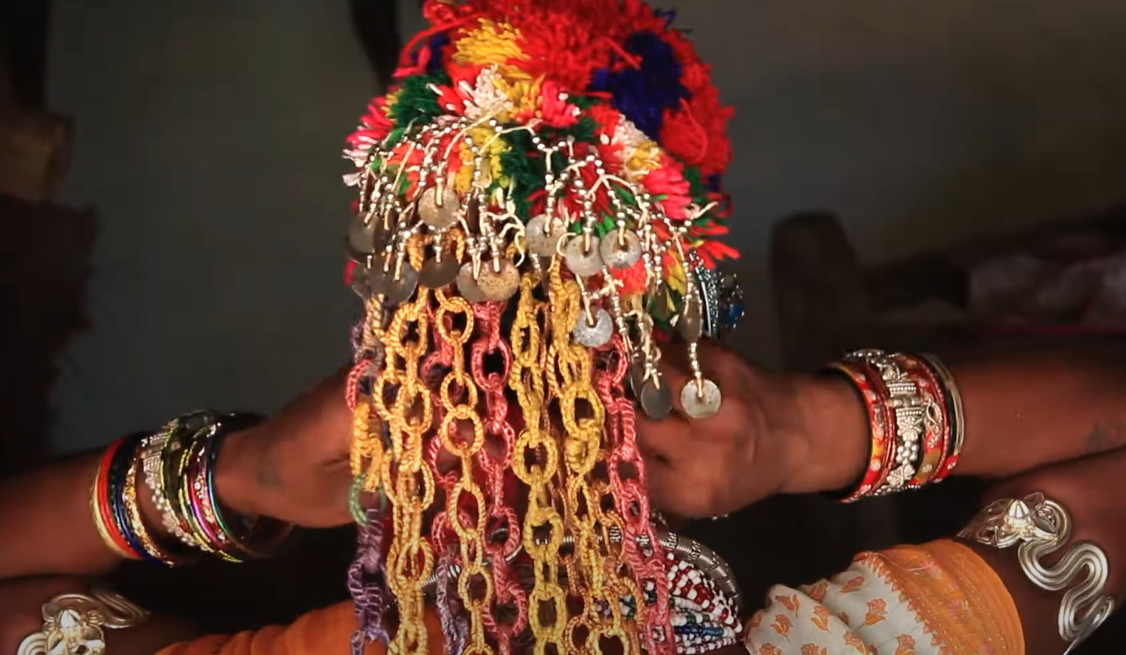 The Baiga Trails, Madhya Pradesh Tiger Foundation Society
The Baiga Trails, Madhya Pradesh Tiger Foundation Society
How Modernization Affects Baiga Youth
Many younger Baiga face a cultural divide between tribal traditions and modern society. While some embrace education and urban life, others struggle to balance modern opportunities with their ancestral heritage.
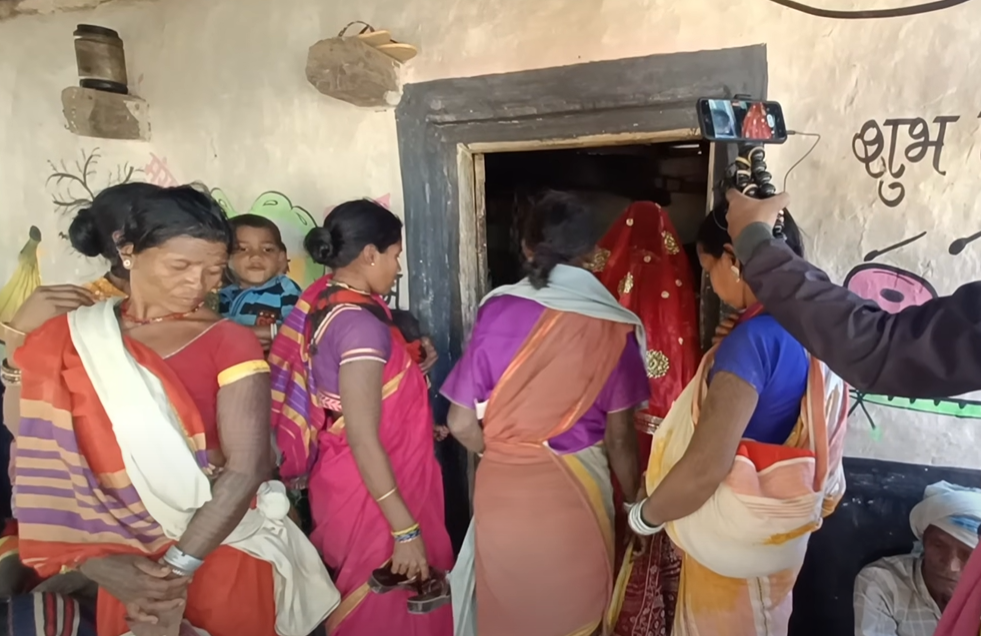 The Baiga Tribe Unbelievable Traditional Wedding in Chhattisgarh., HK World
The Baiga Tribe Unbelievable Traditional Wedding in Chhattisgarh., HK World
Efforts To Preserve Baiga Language
With younger Baiga increasingly speaking Hindi, Baigani is at risk of disappearing. To prevent its loss, linguists are recording the language and encouraging its use in education and daily life.
 Baiga Tribal Tattoos | It Happens Only in India, National Geographic India
Baiga Tribal Tattoos | It Happens Only in India, National Geographic India
The Role Of Responsible Tourism
Some organizations promote responsible tourism to educate visitors about Baiga culture. Ethical tourism provides economic opportunities while helping preserve traditions.
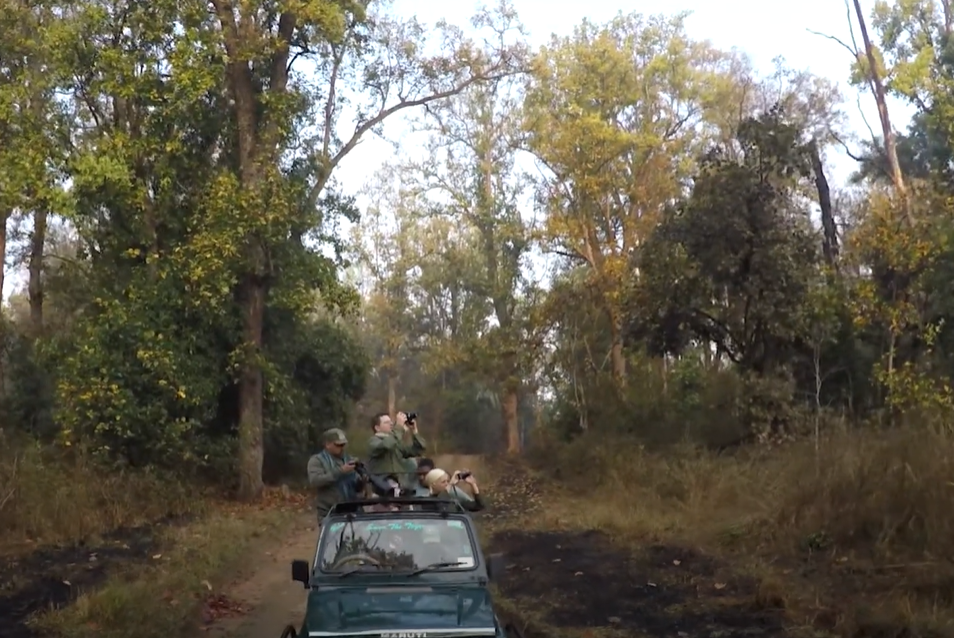 The Baiga Trails, Madhya Pradesh Tiger Foundation Society
The Baiga Trails, Madhya Pradesh Tiger Foundation Society
The Future Of The Baiga People
Despite modernization and displacement, the Baiga continue to fight for their rights. Cultural preservation efforts and advocacy for land security remain vital to their future.
You May Also Like:
Rare Photos Of The Yanomami Tribe
The Tale Of The Seminole: Florida's Unconquered Tribe
The Maori People: New Zealand's Fierce Indigenous Tribe
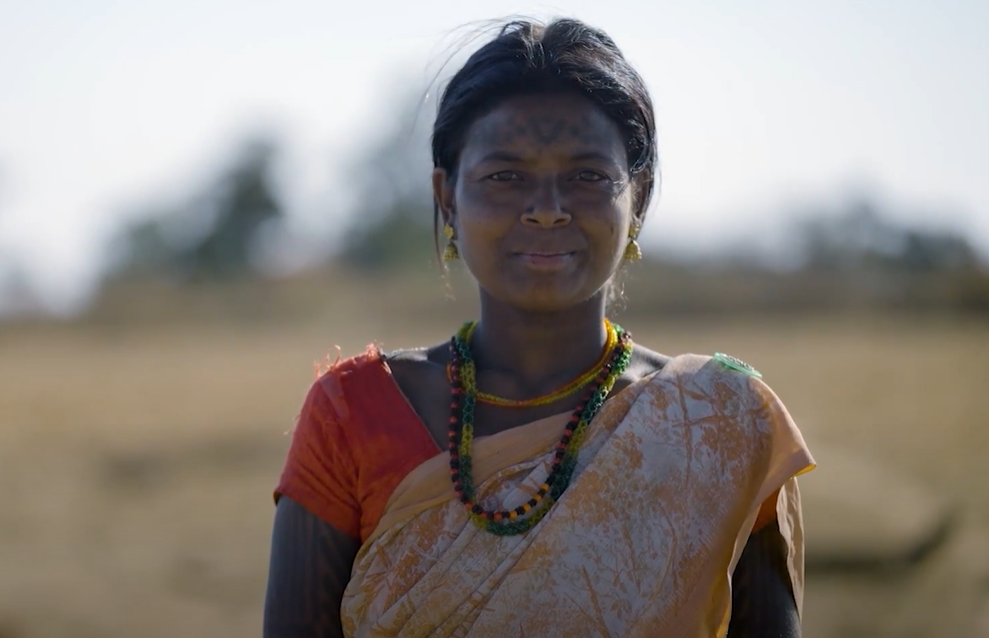 Baiga Tribal Tattoos | It Happens Only in India, National Geographic India
Baiga Tribal Tattoos | It Happens Only in India, National Geographic India


